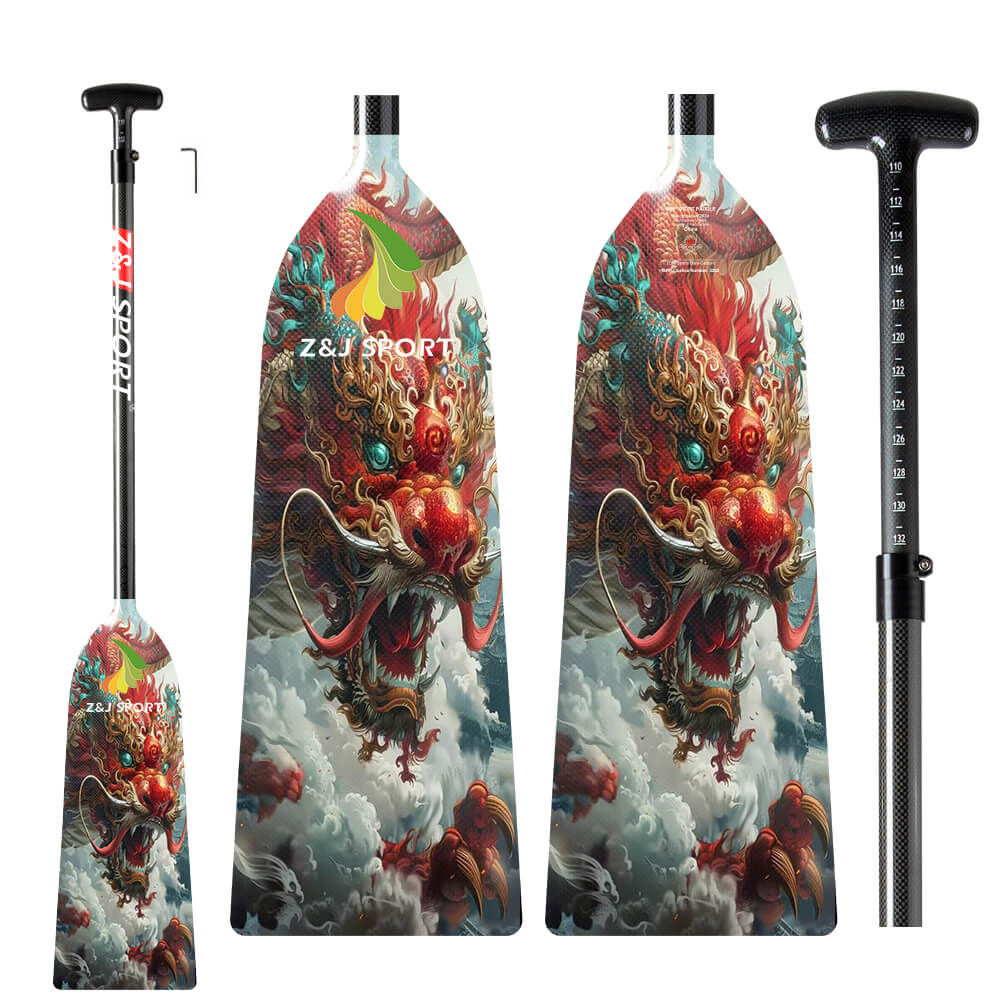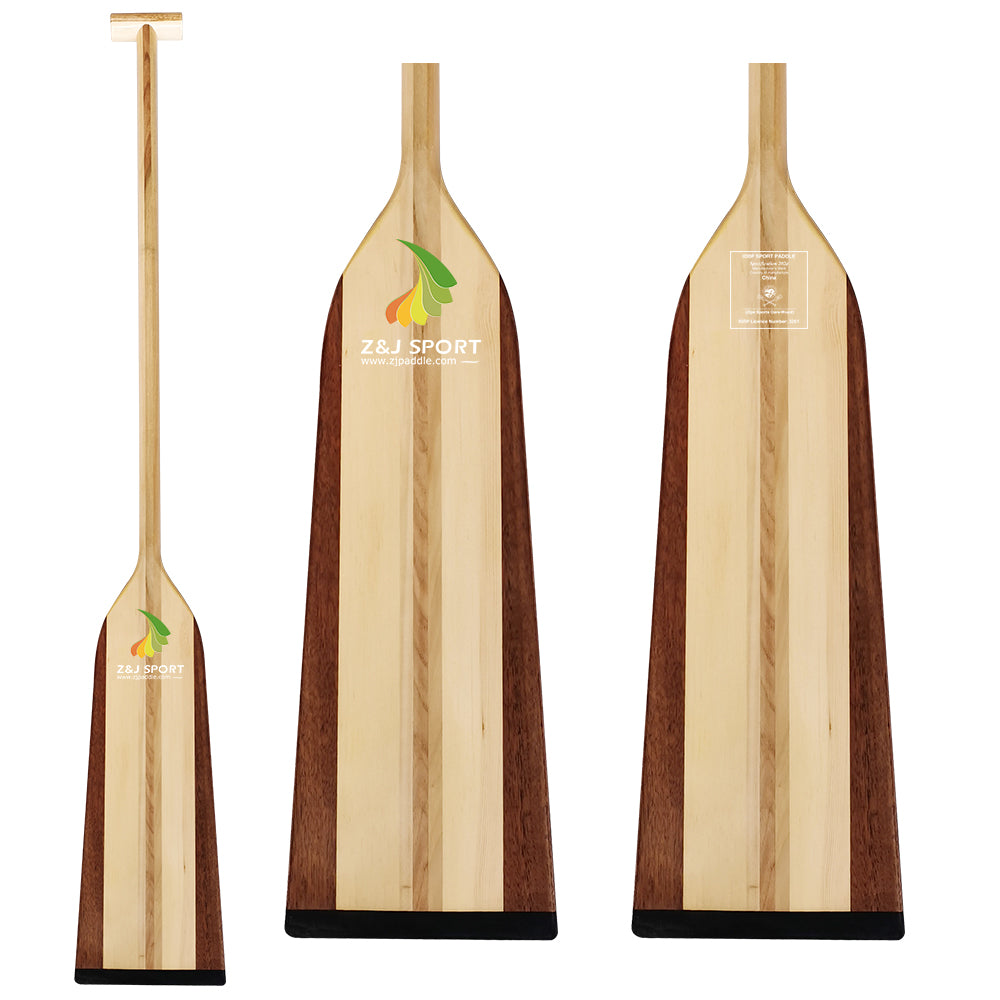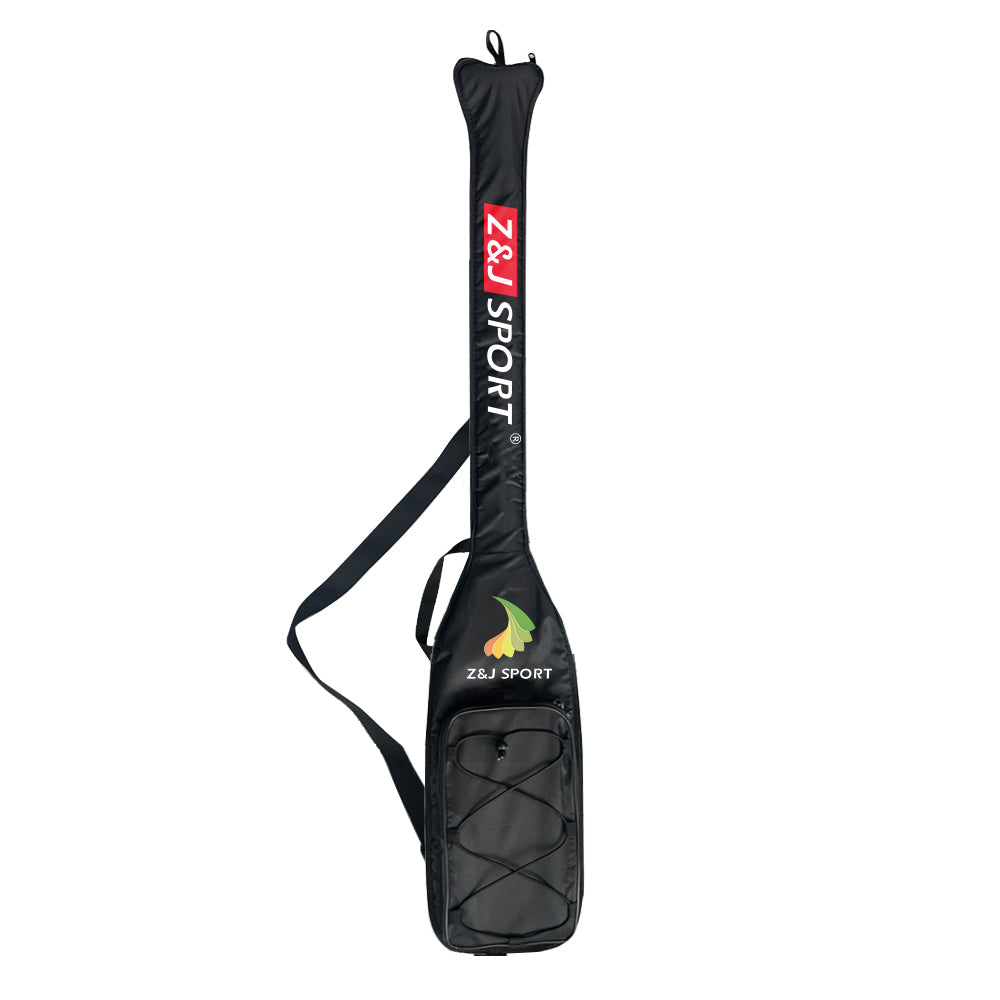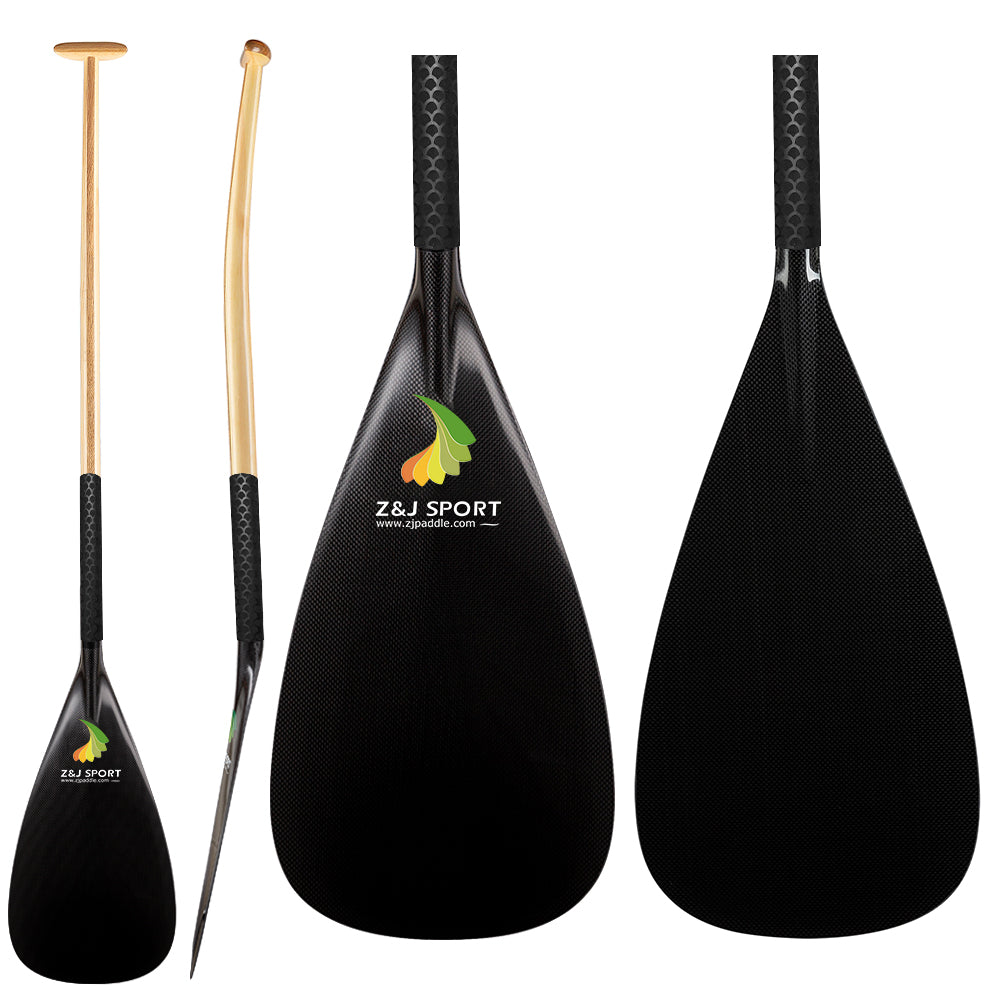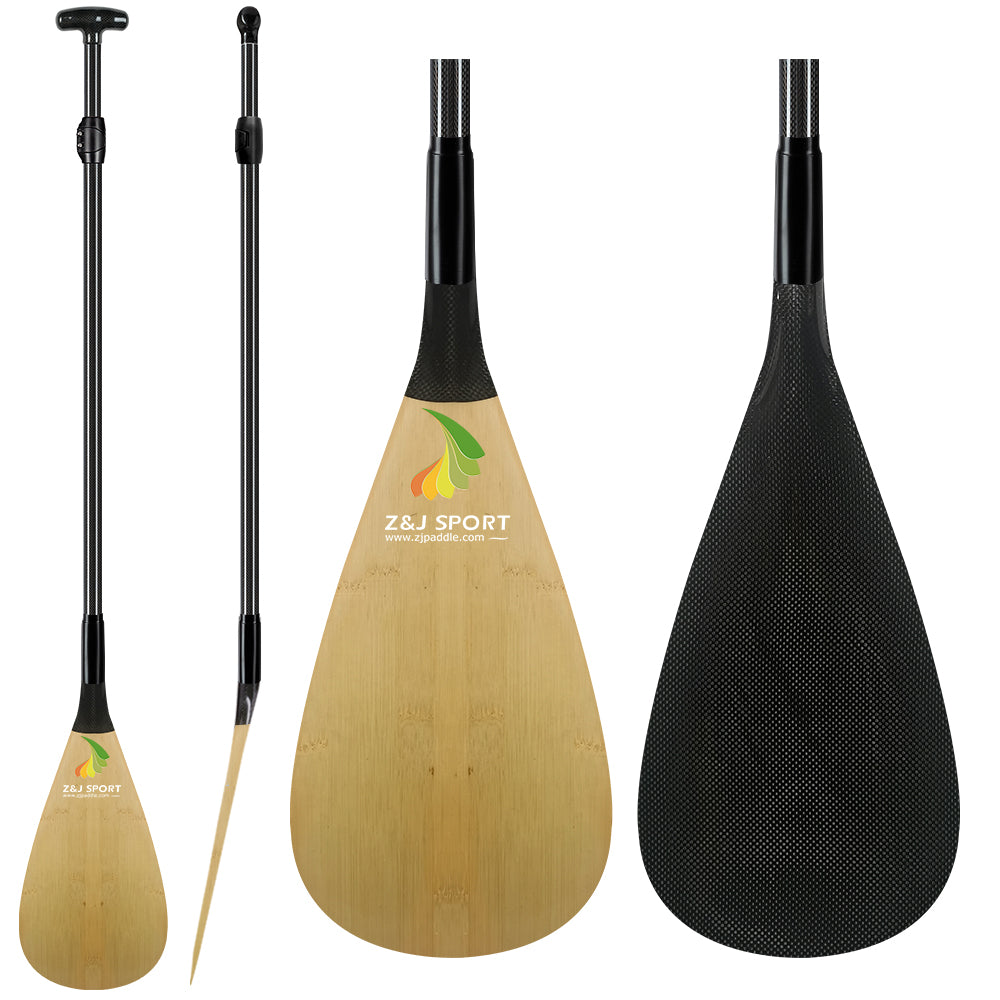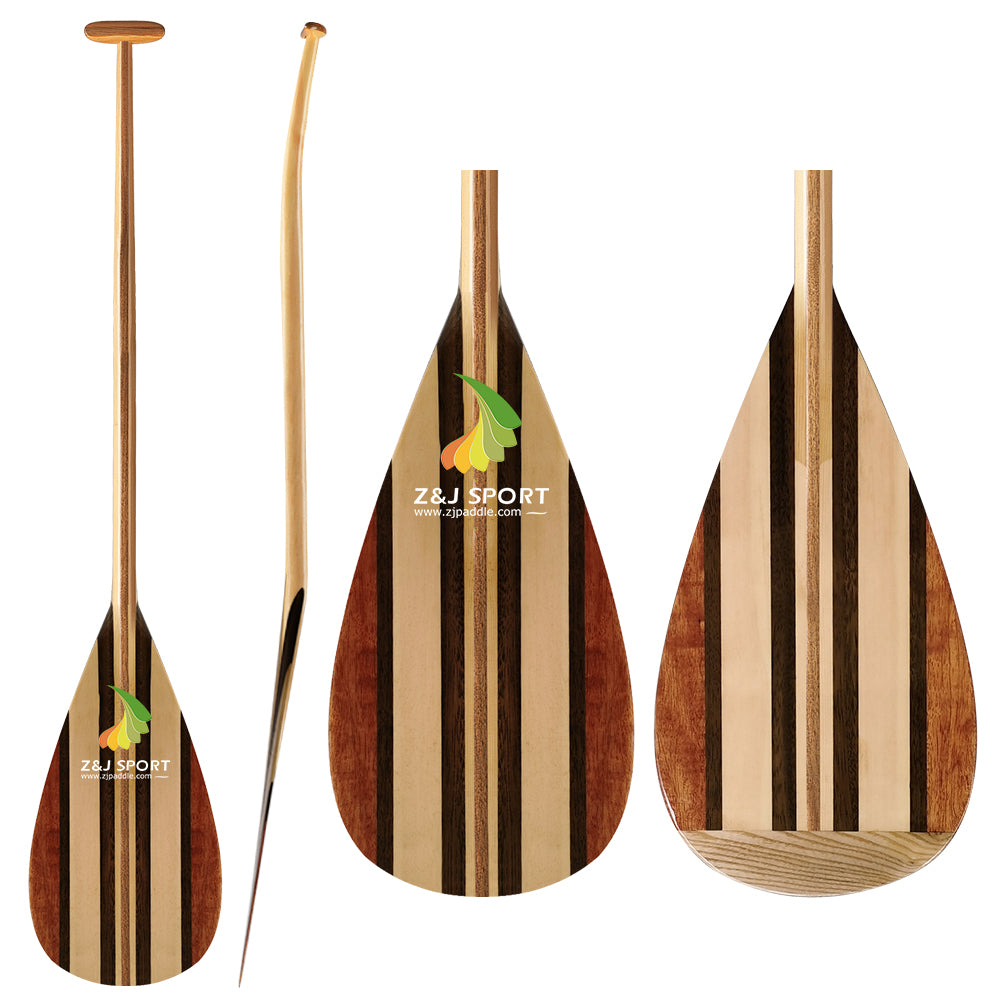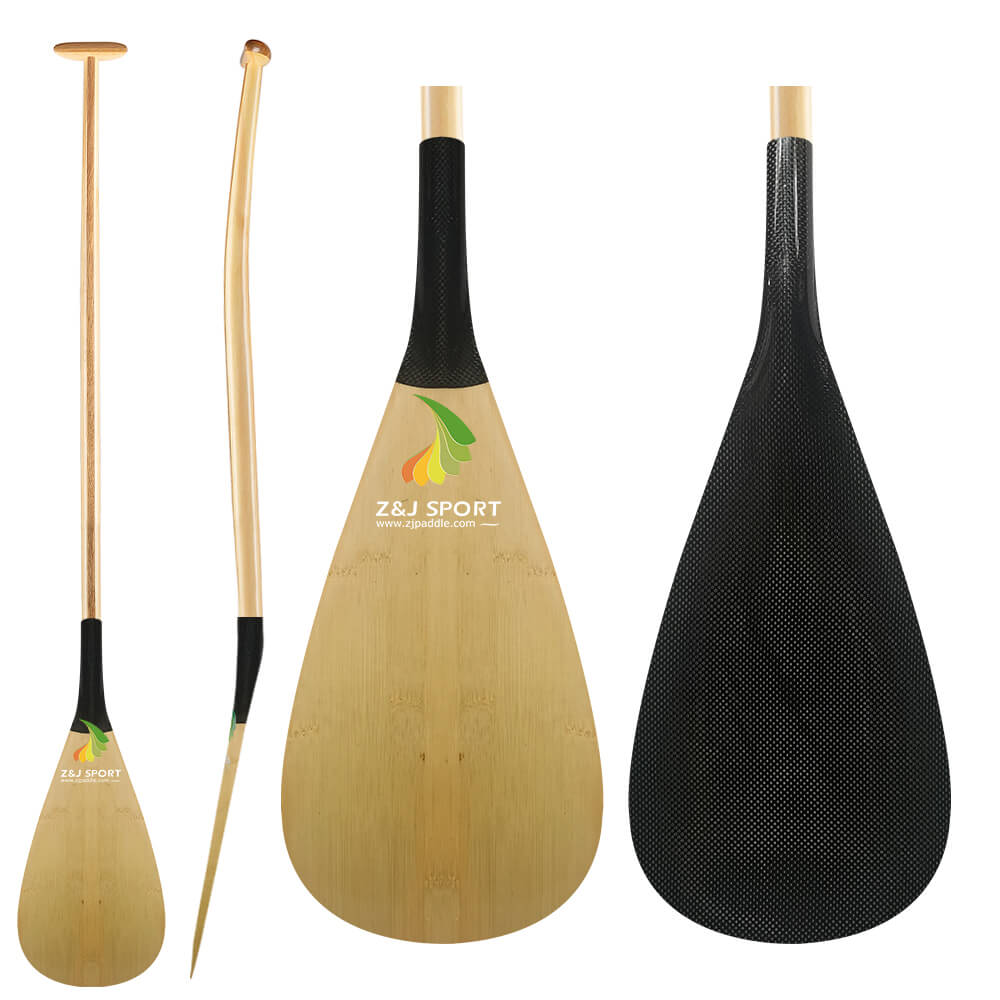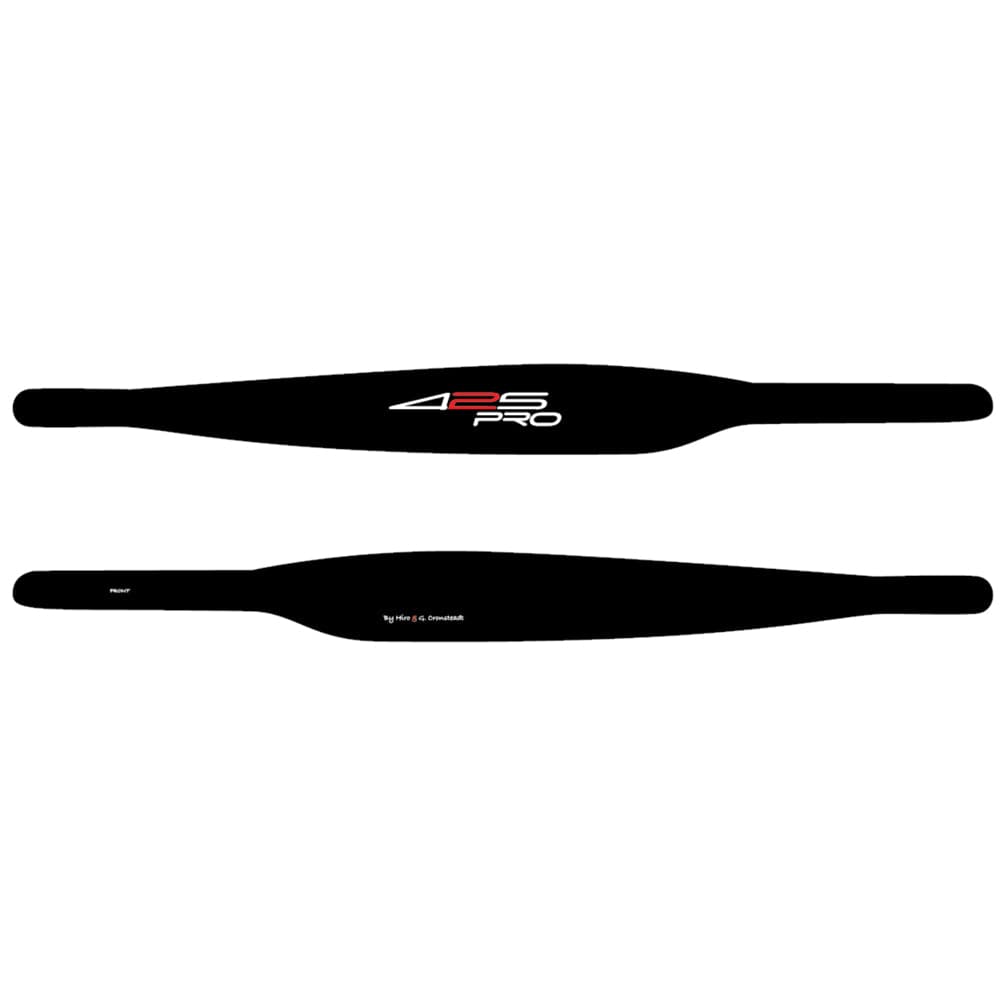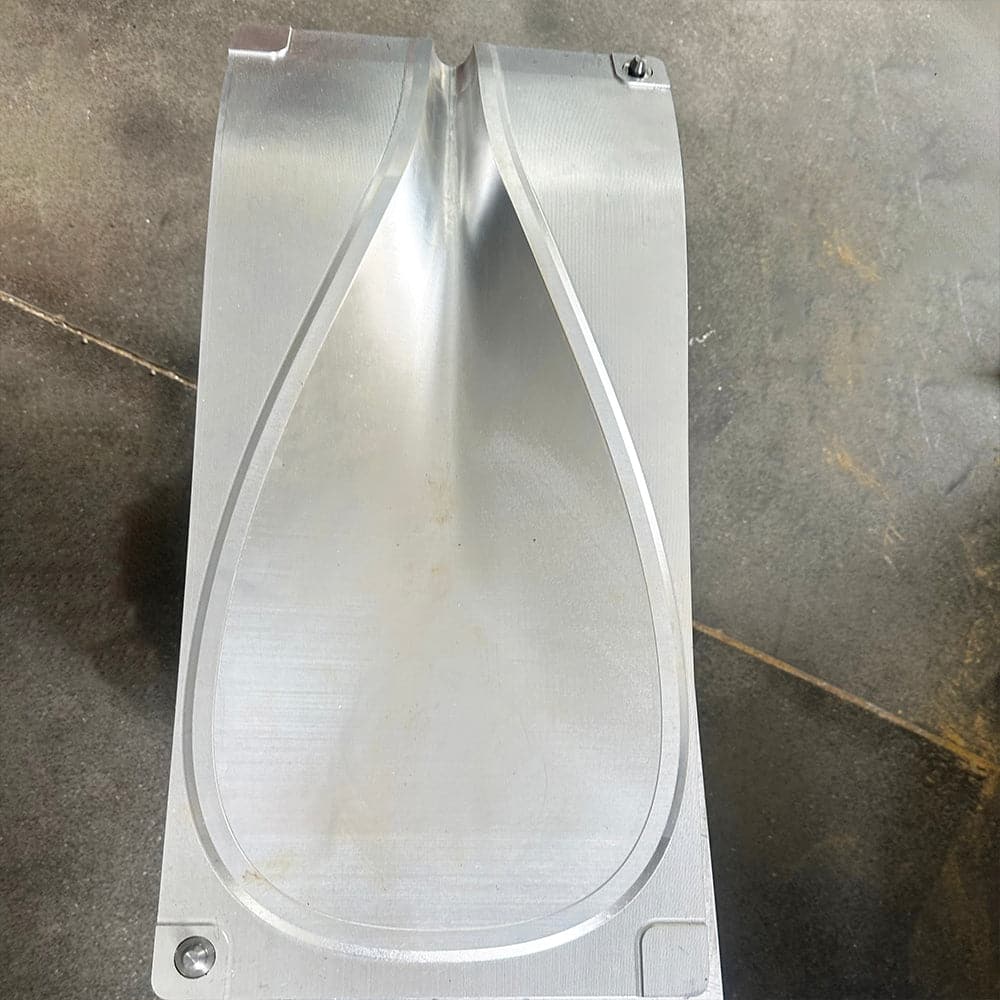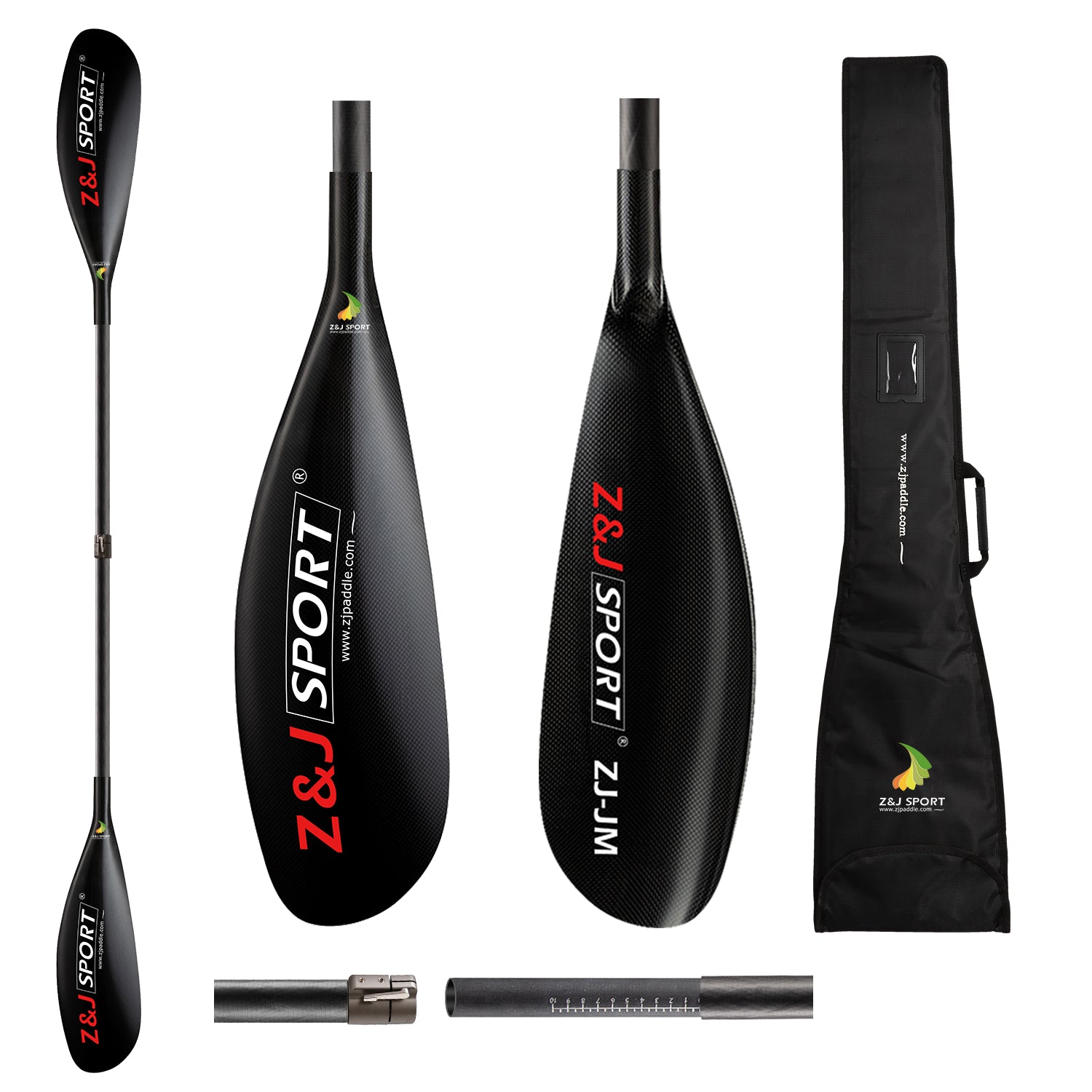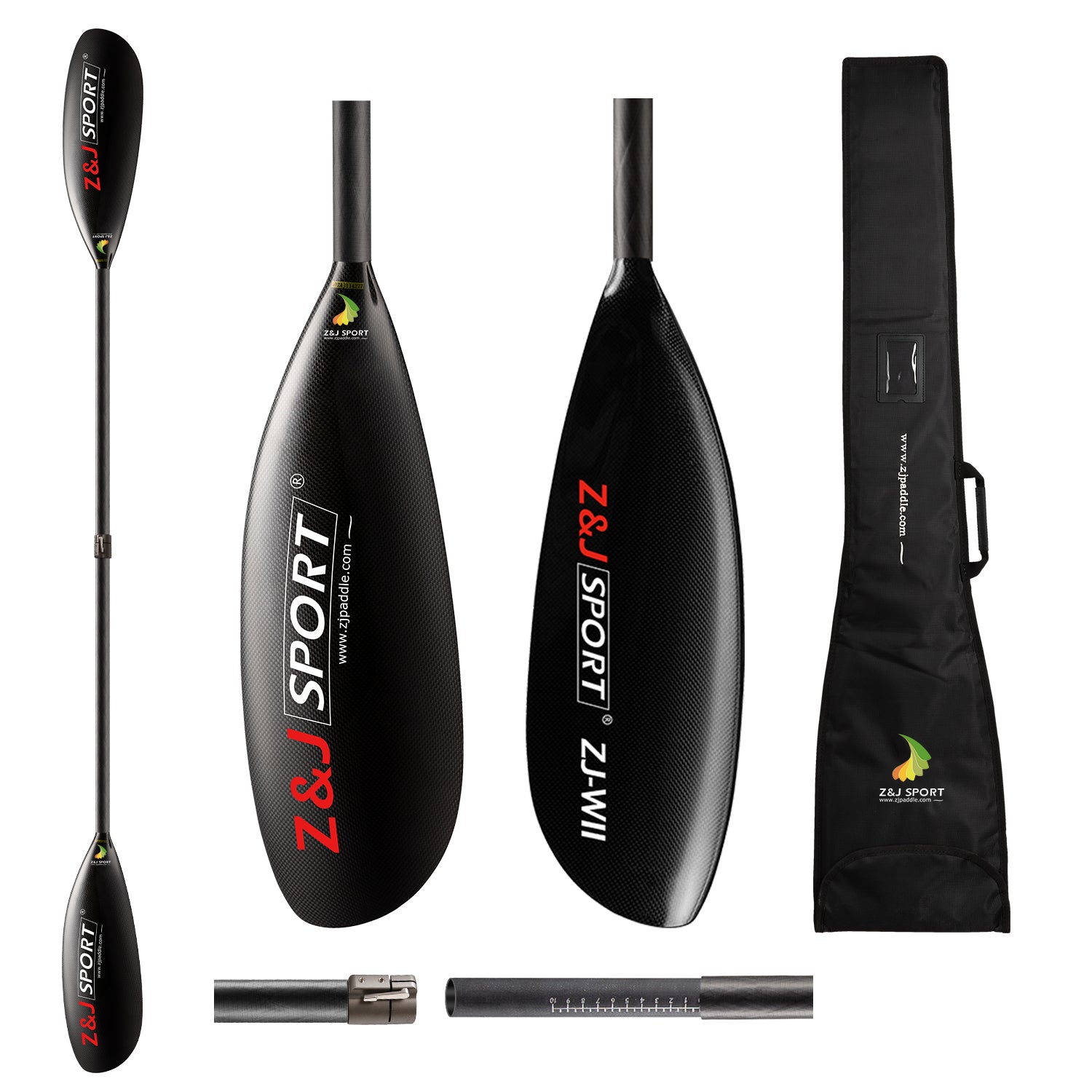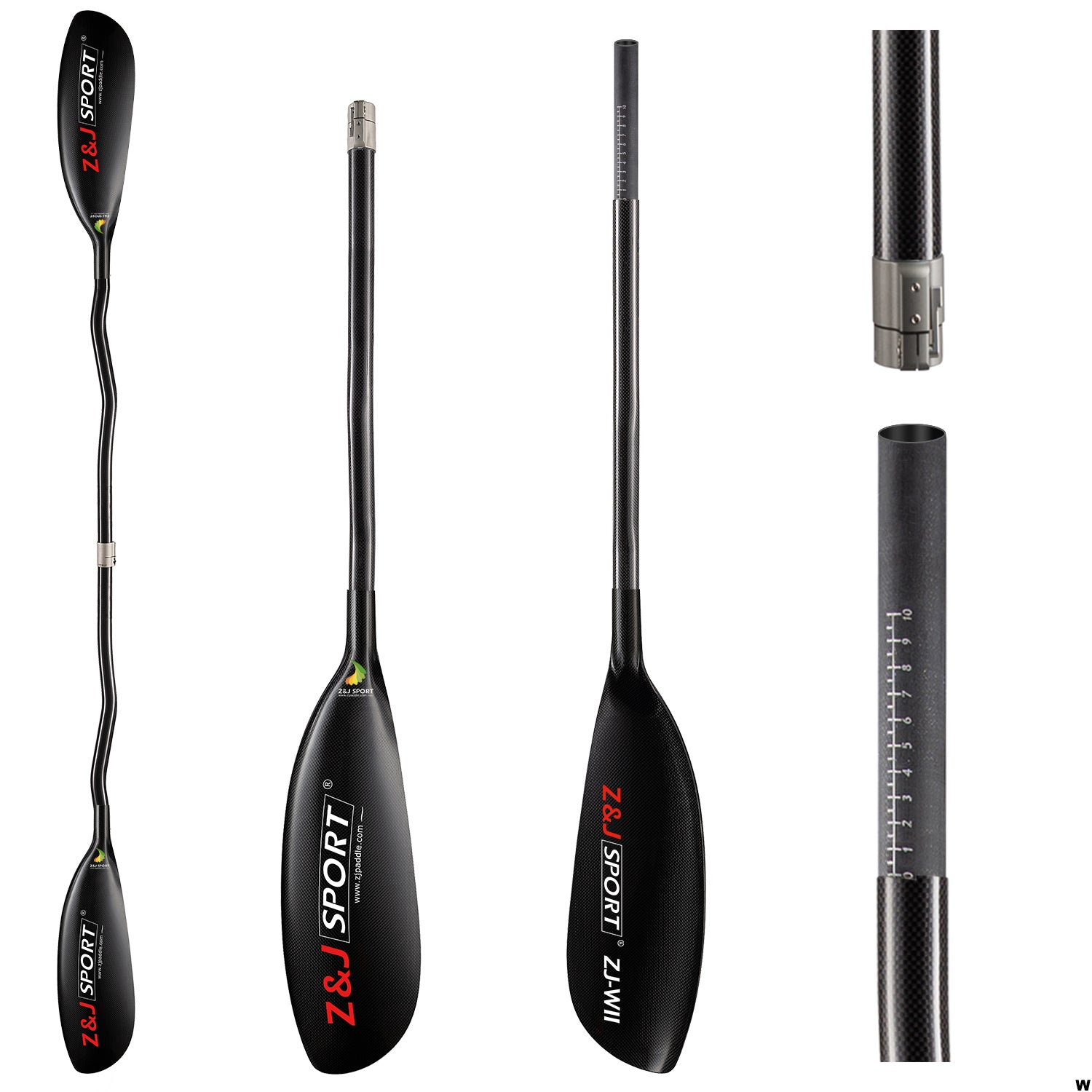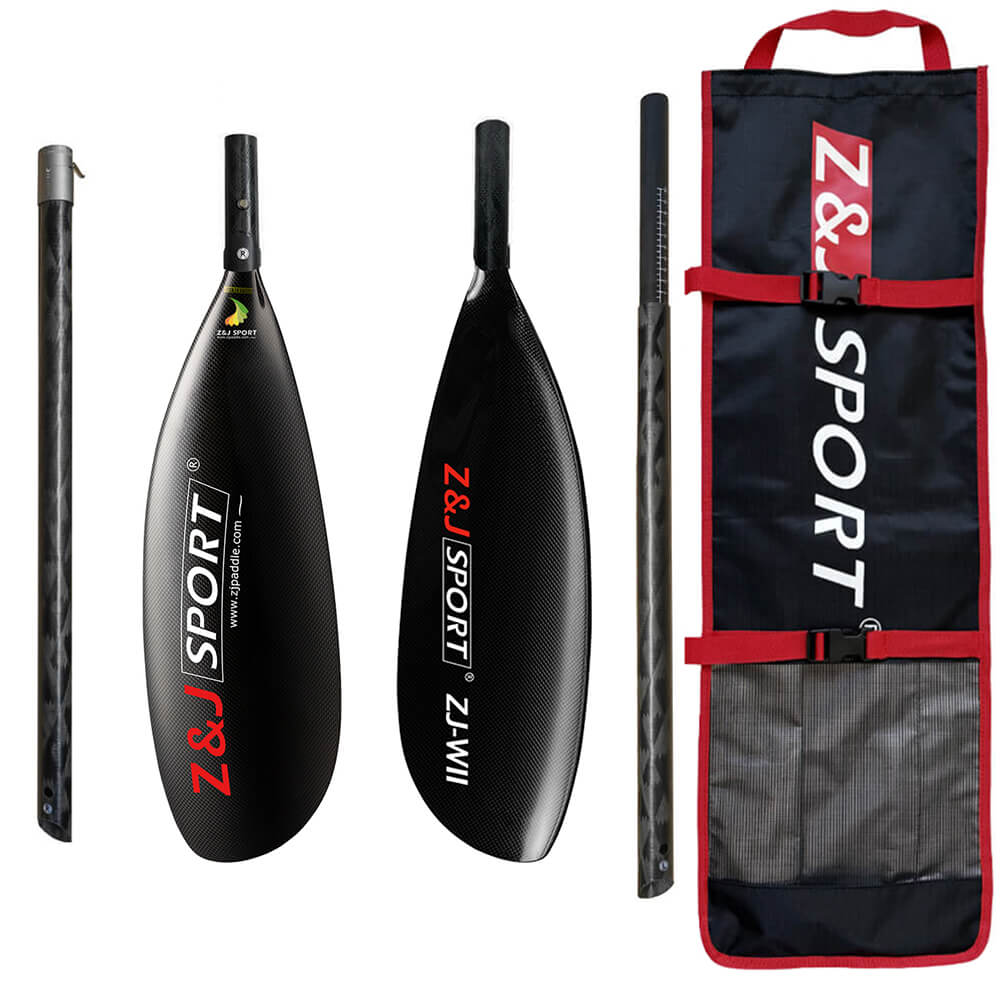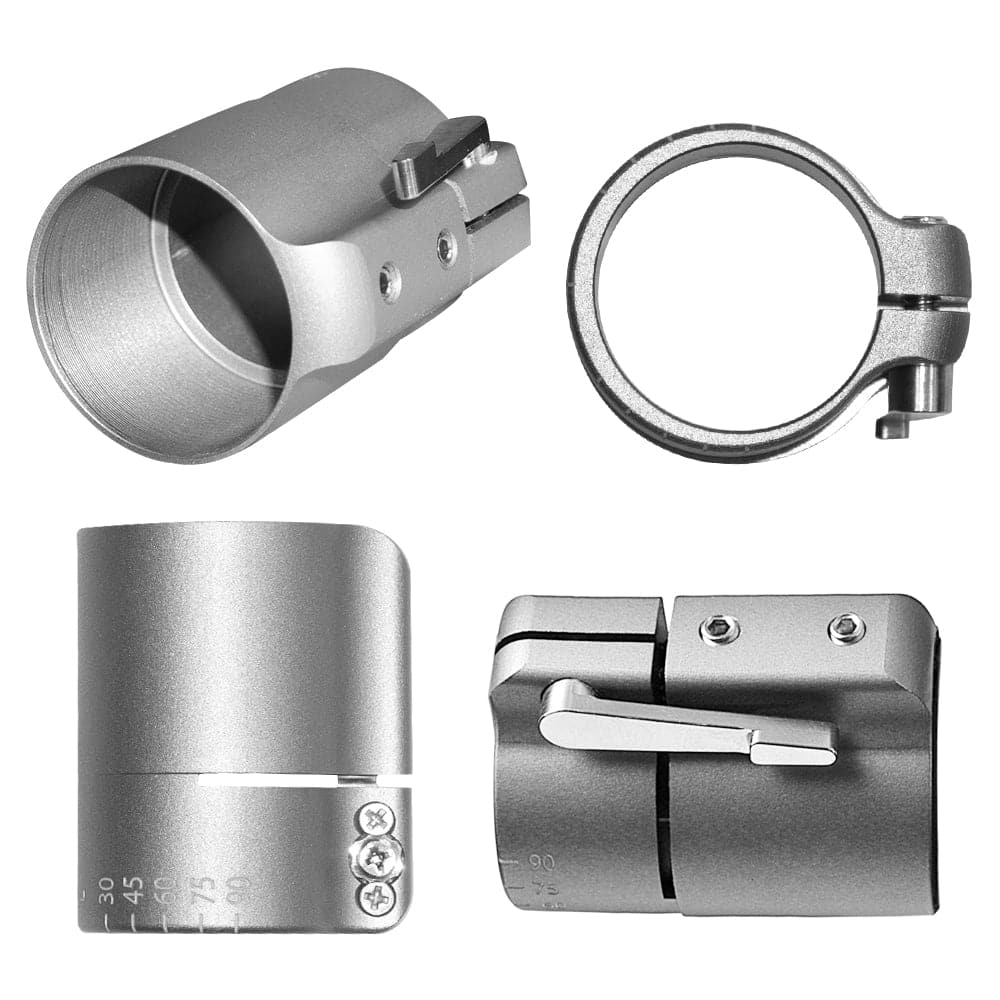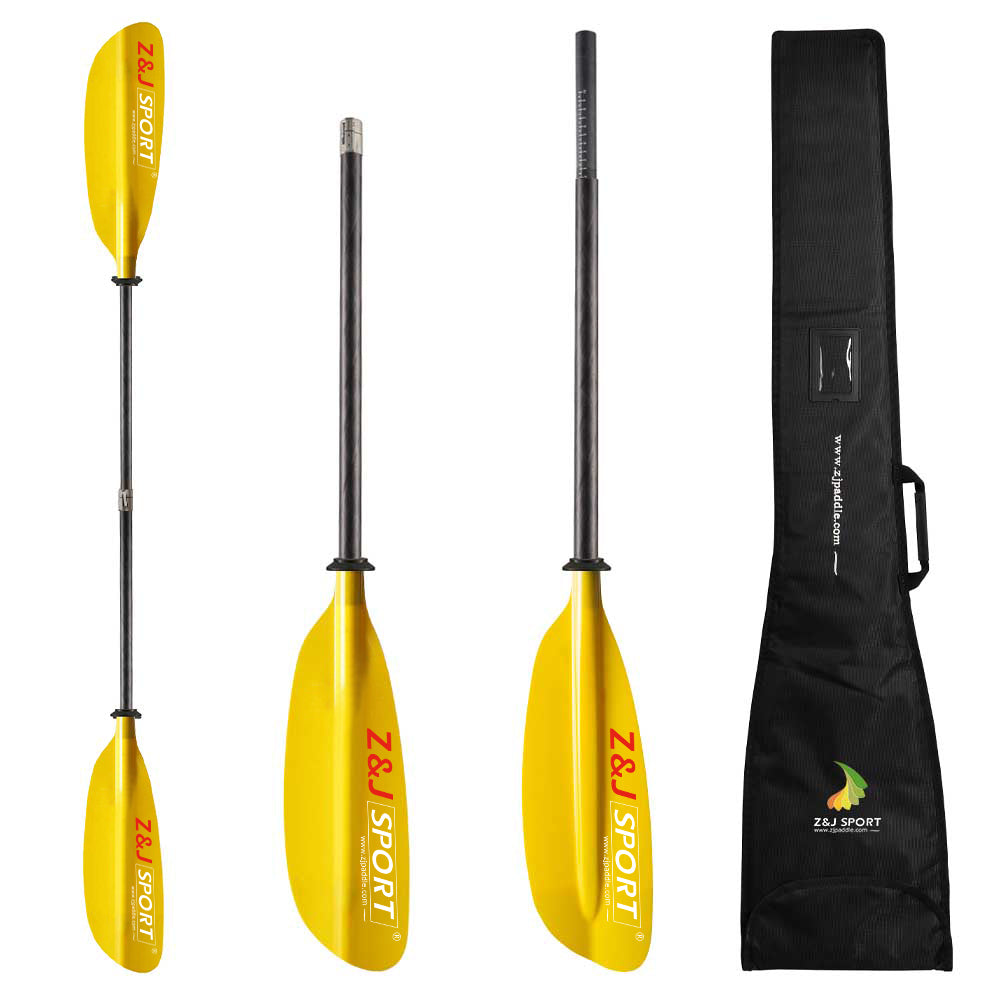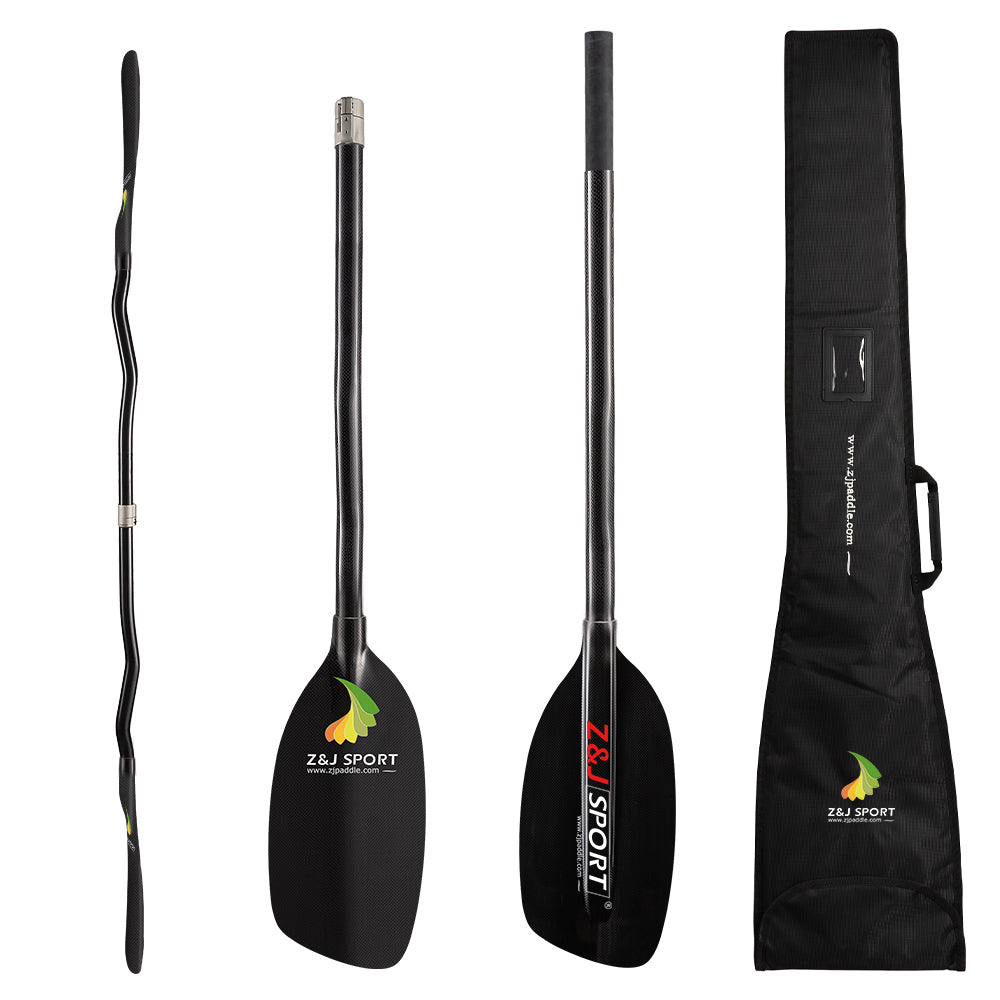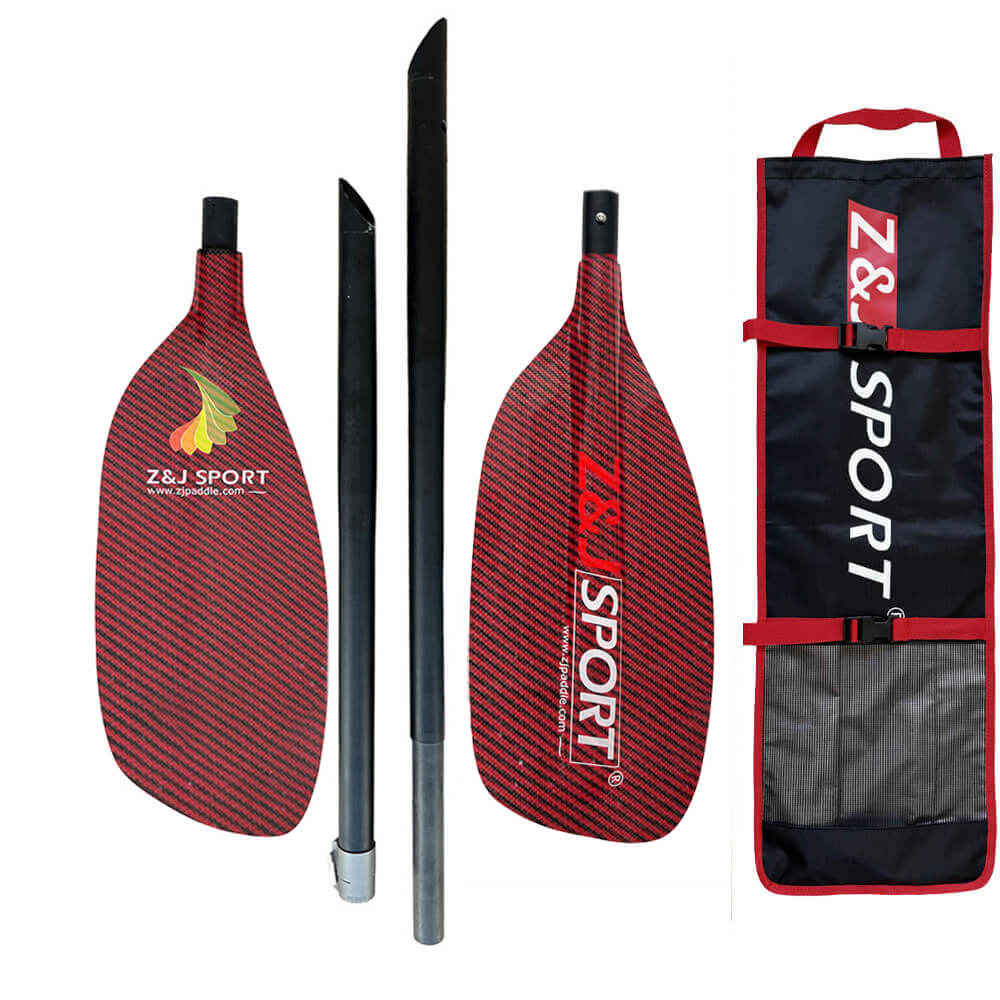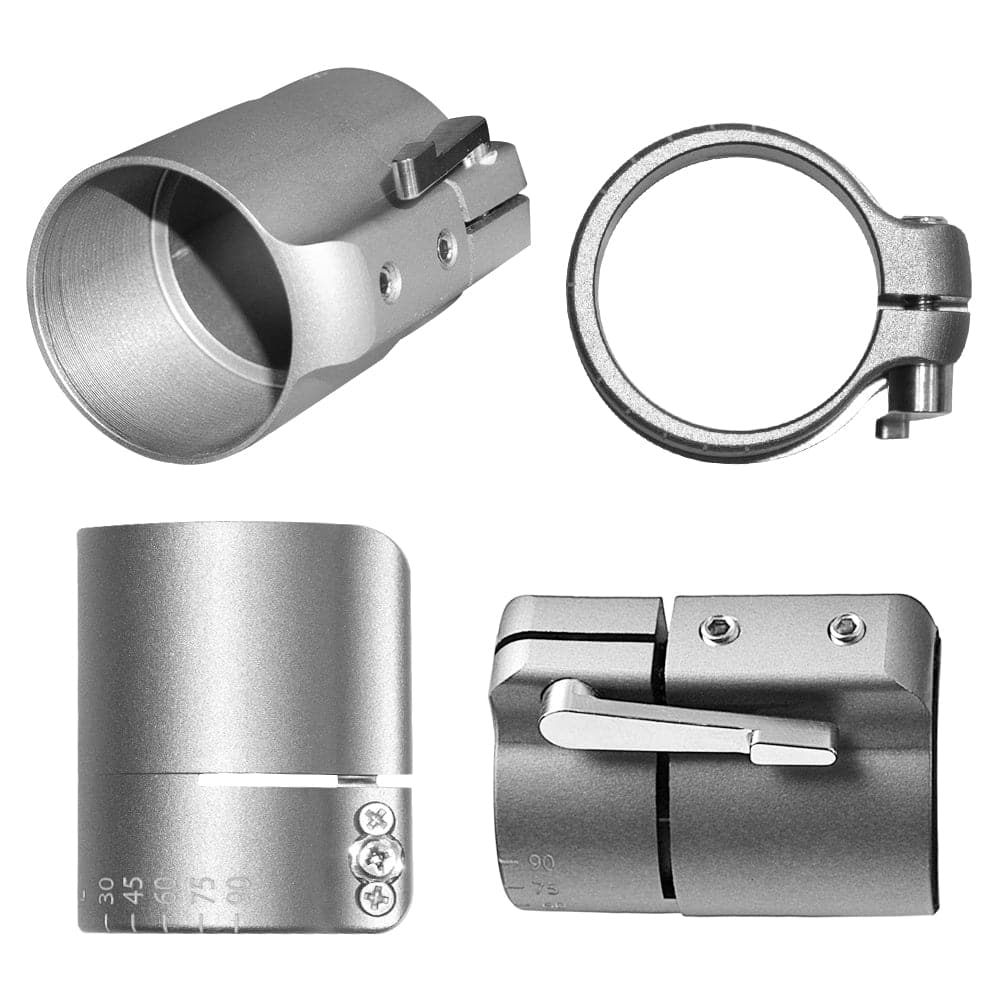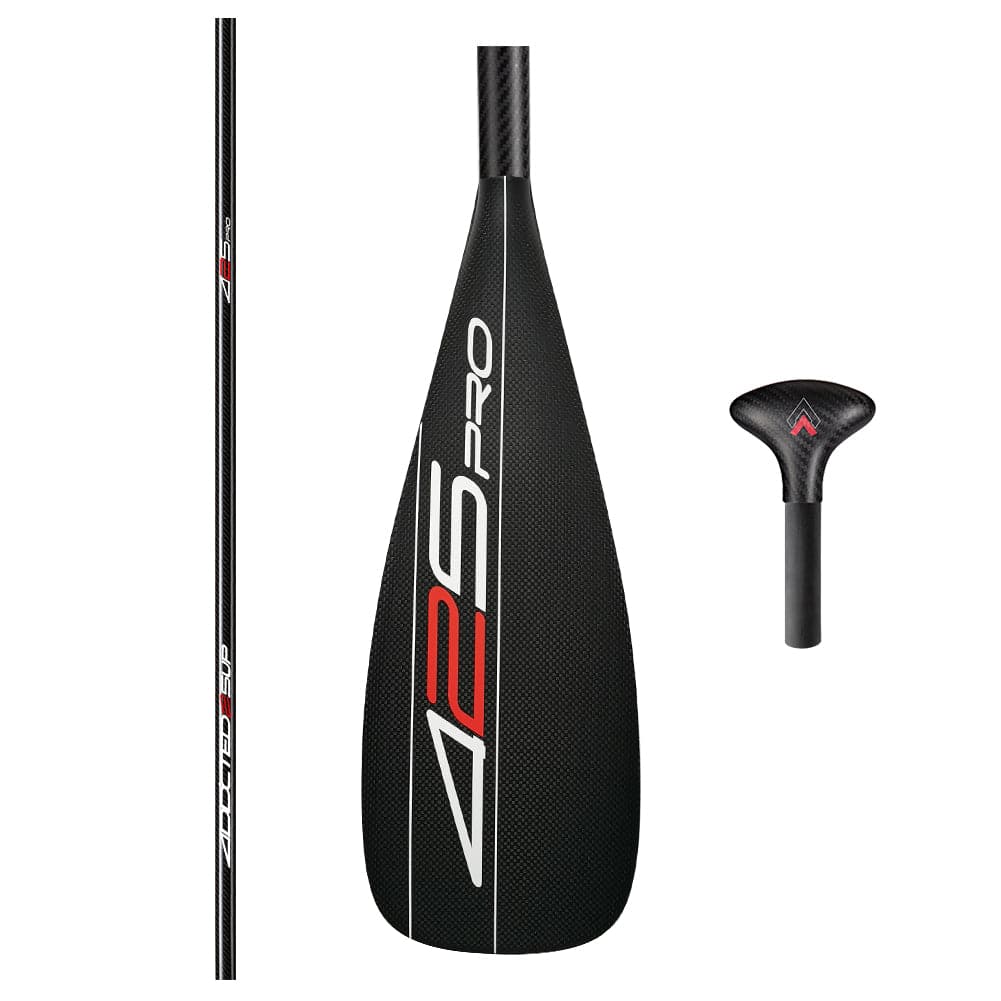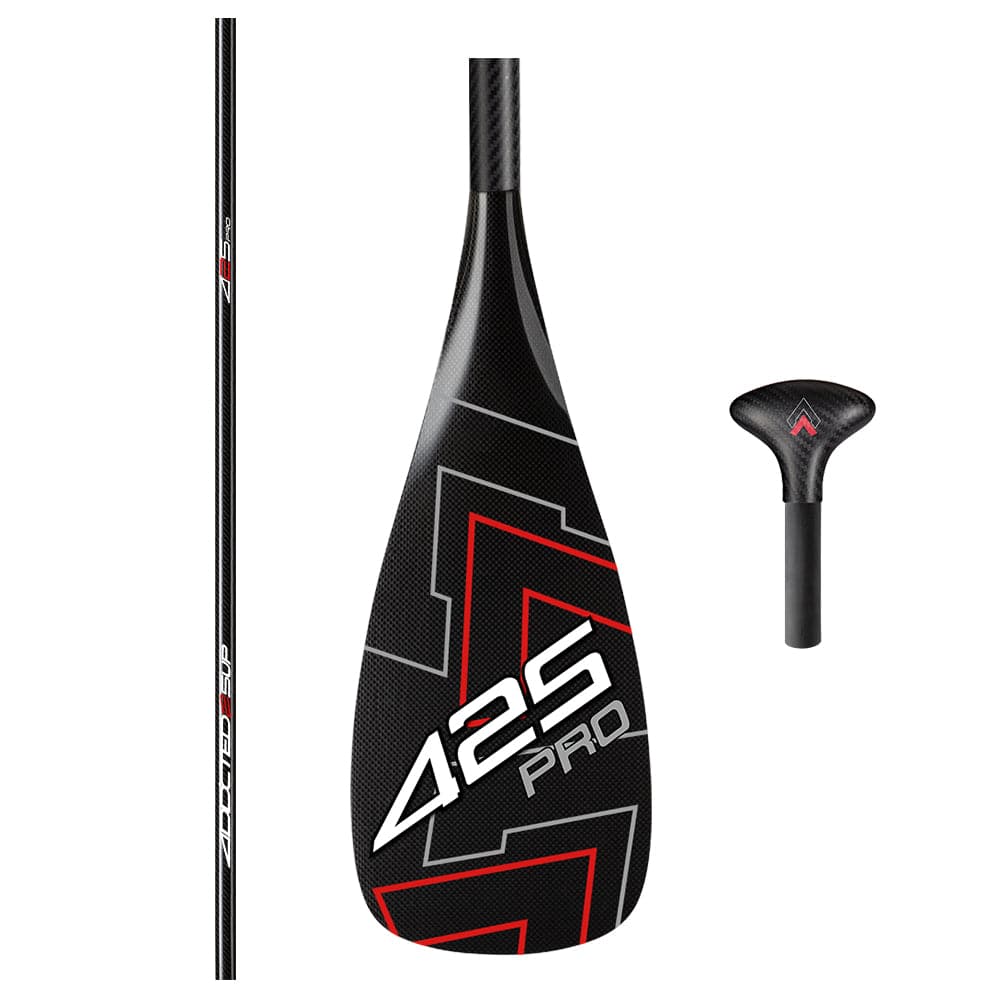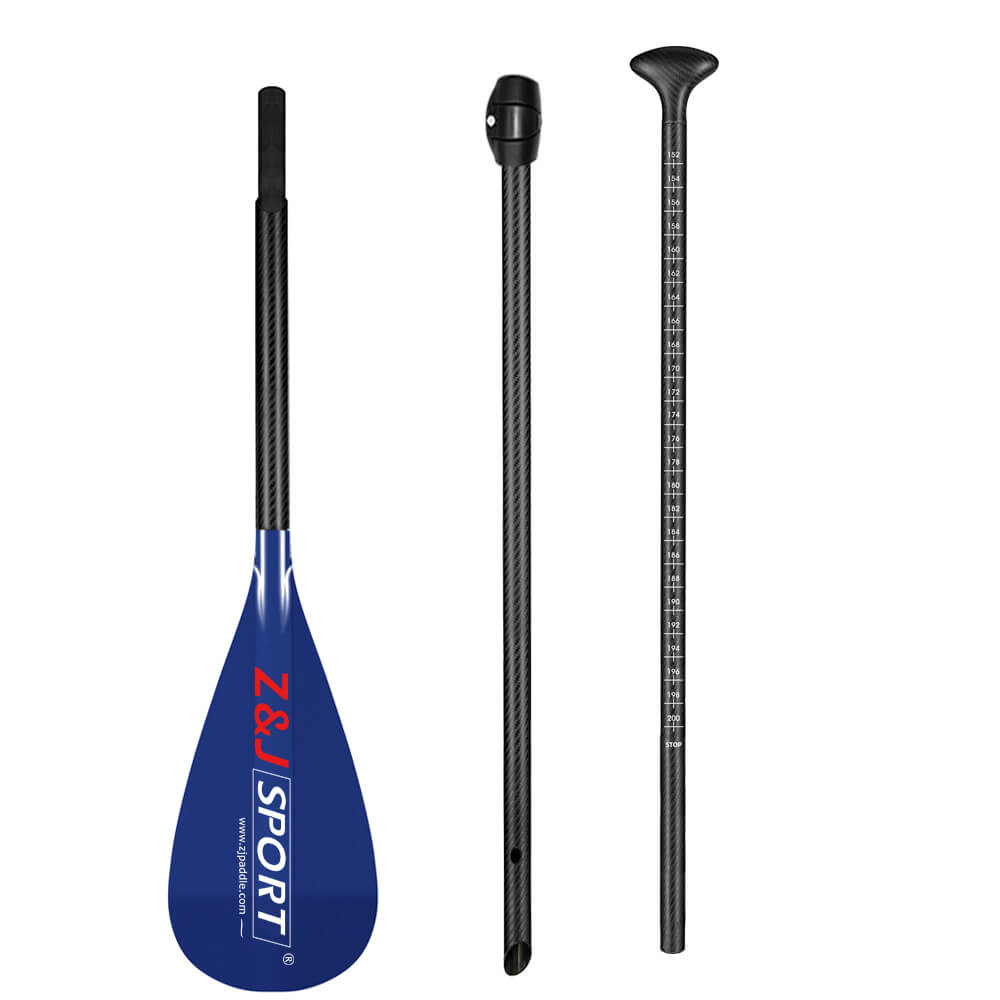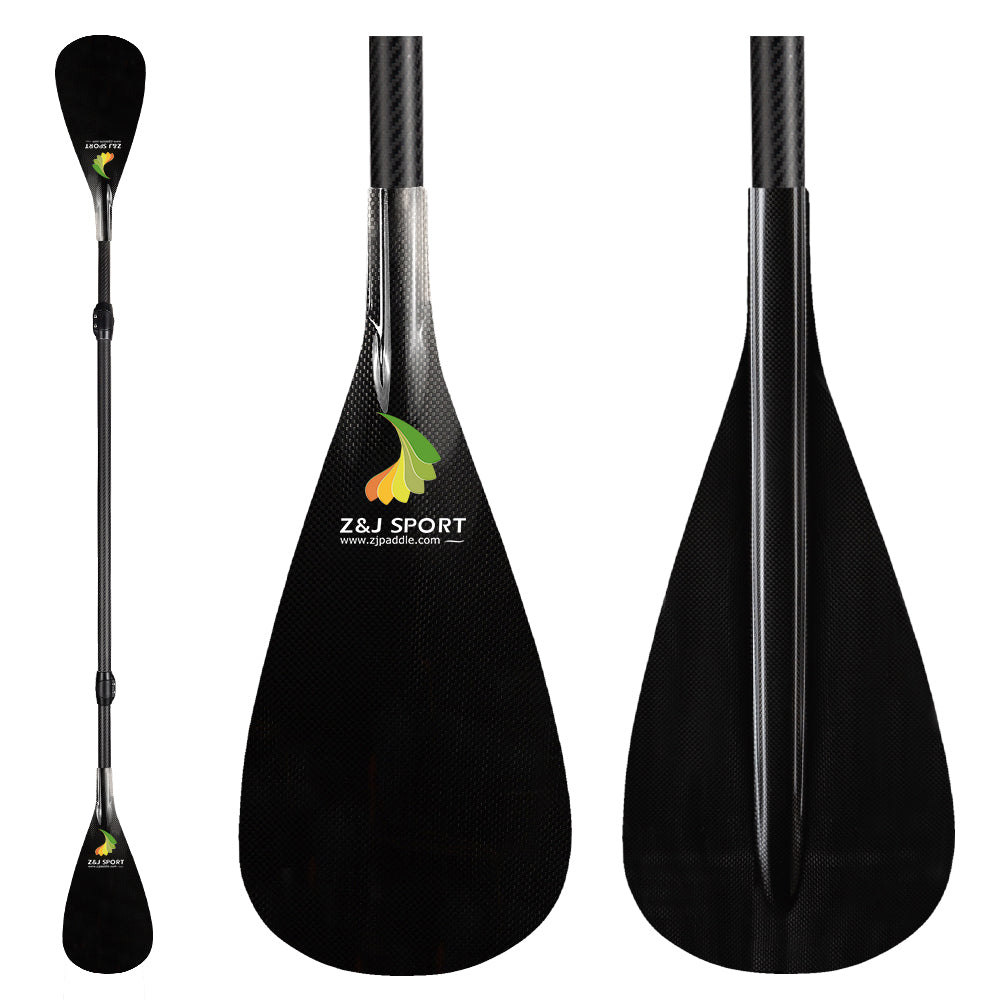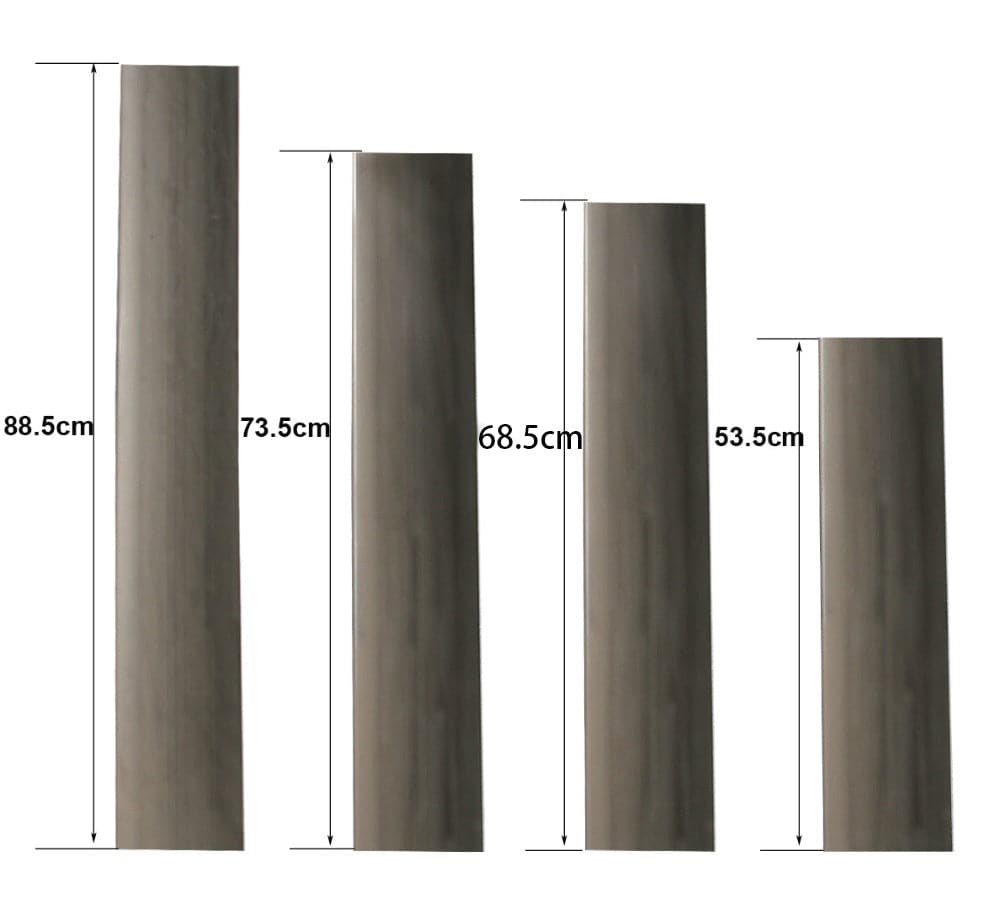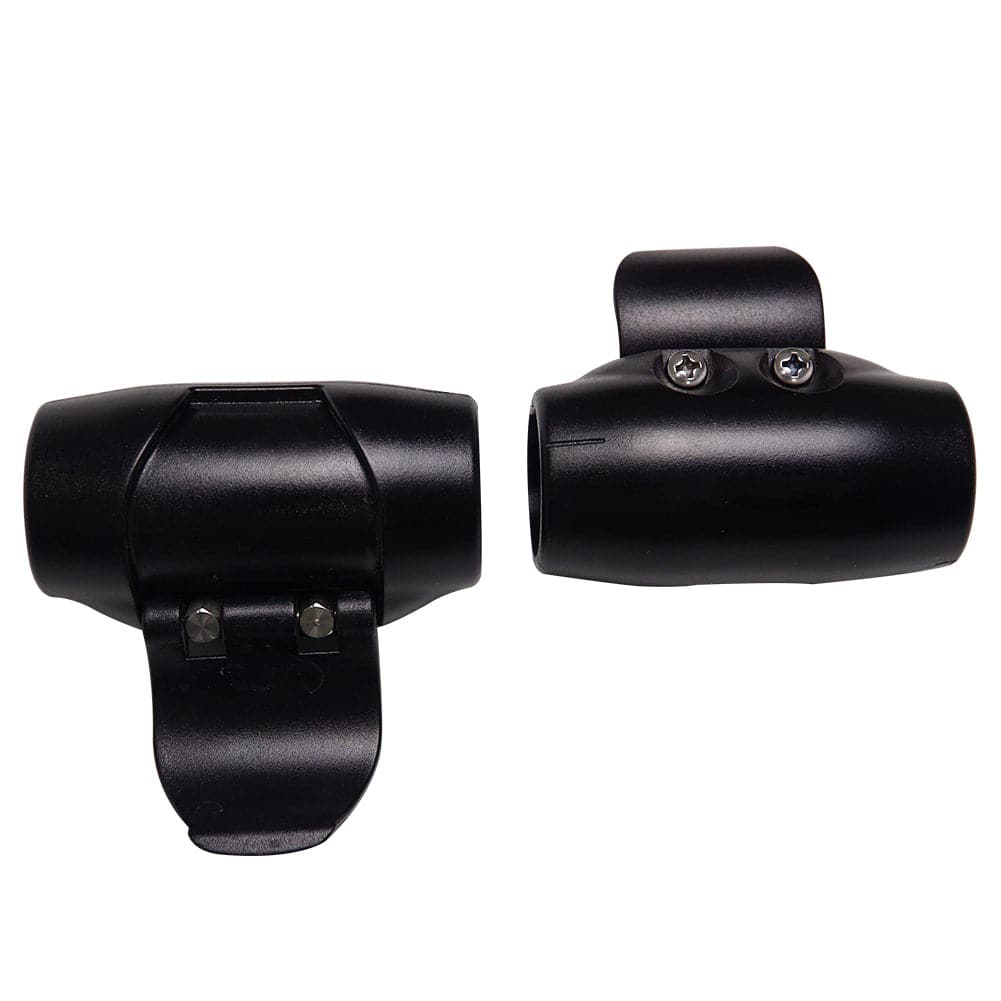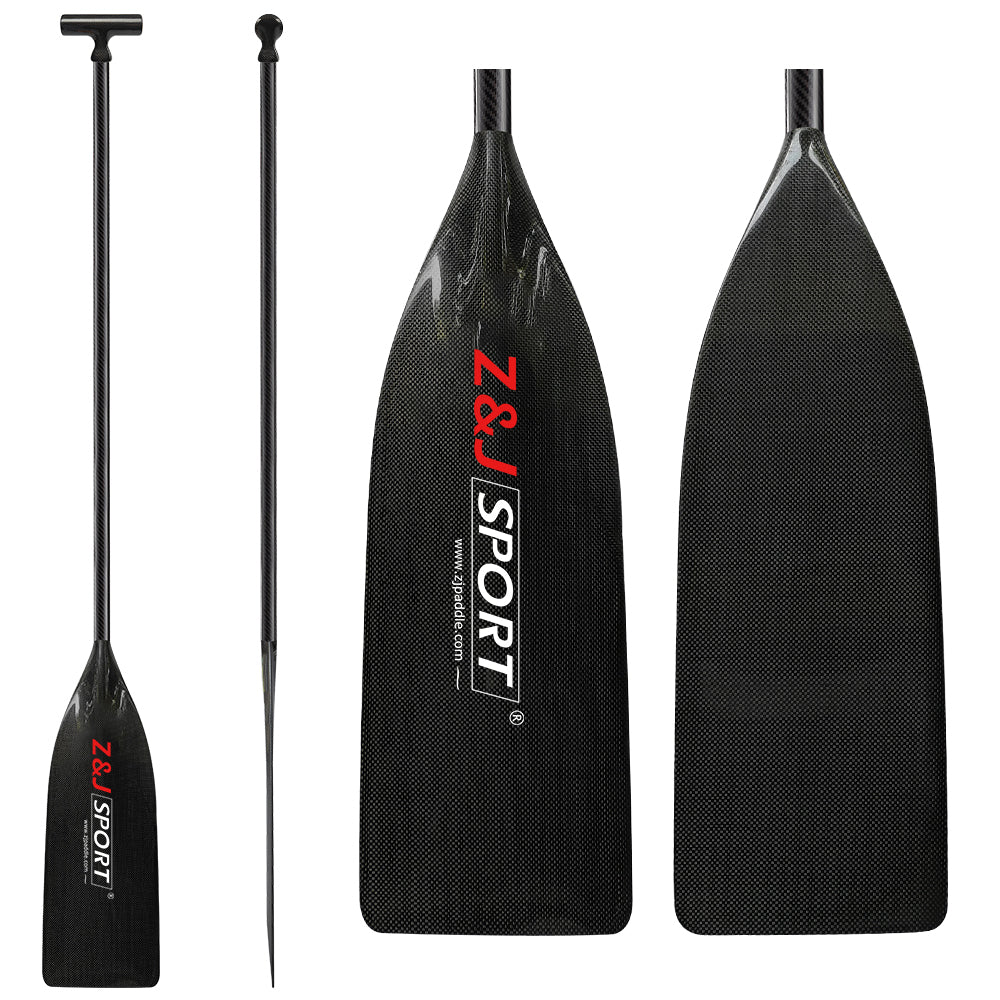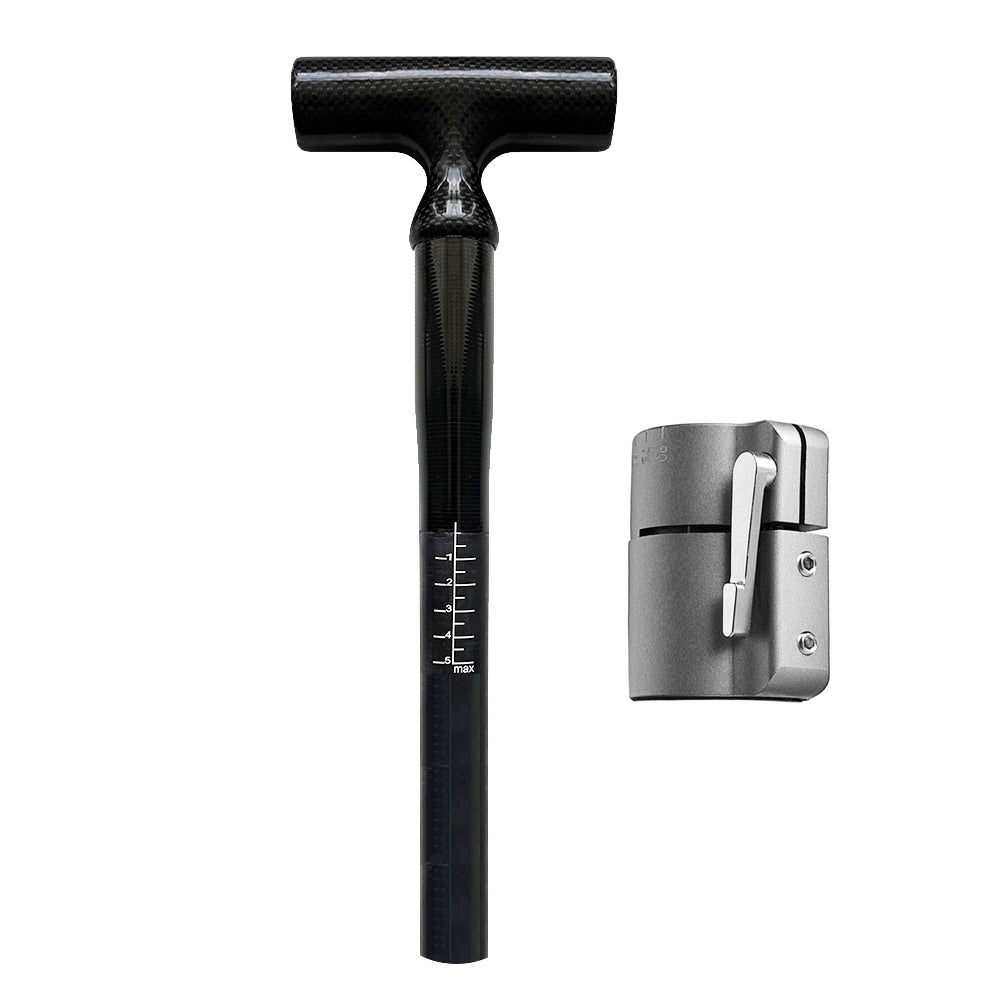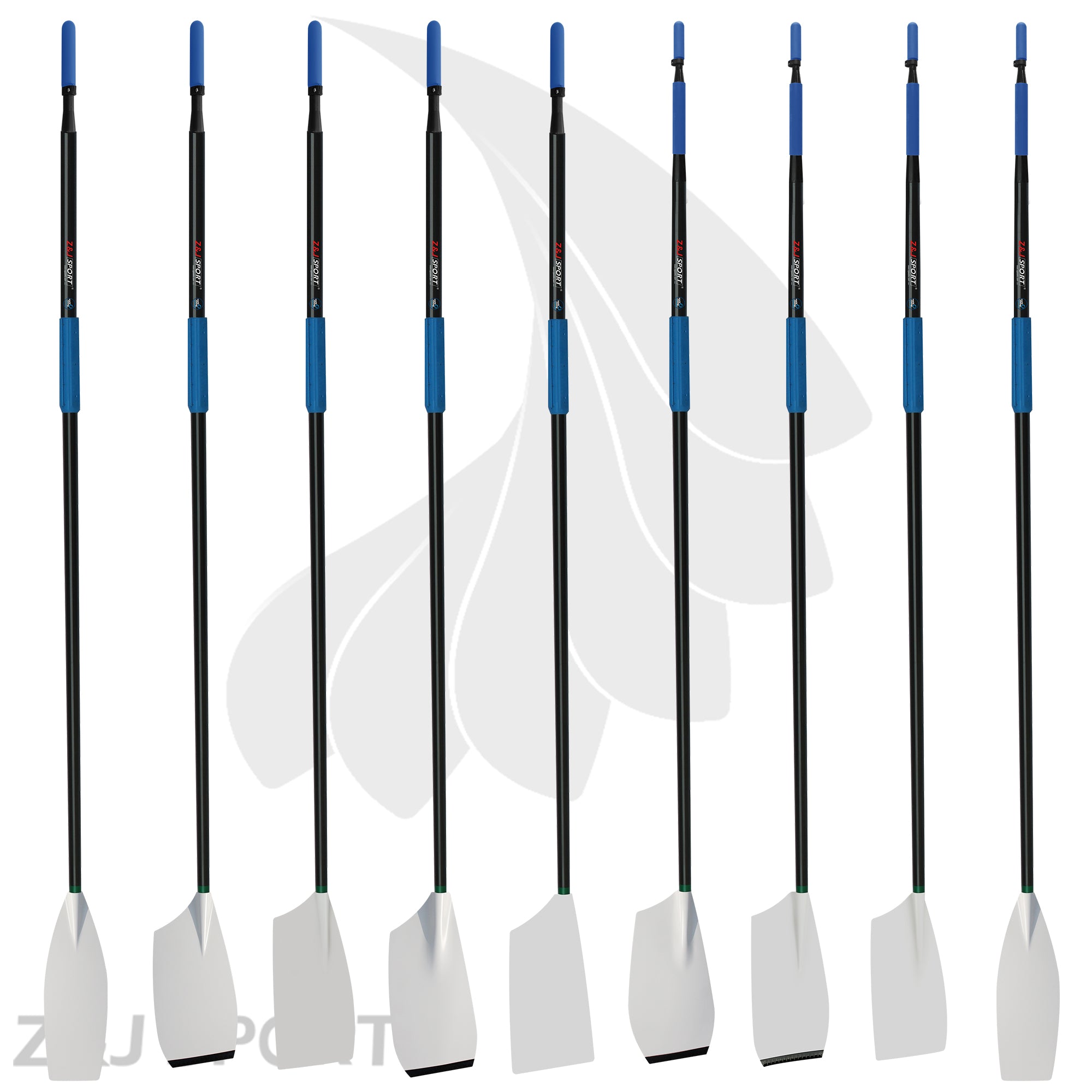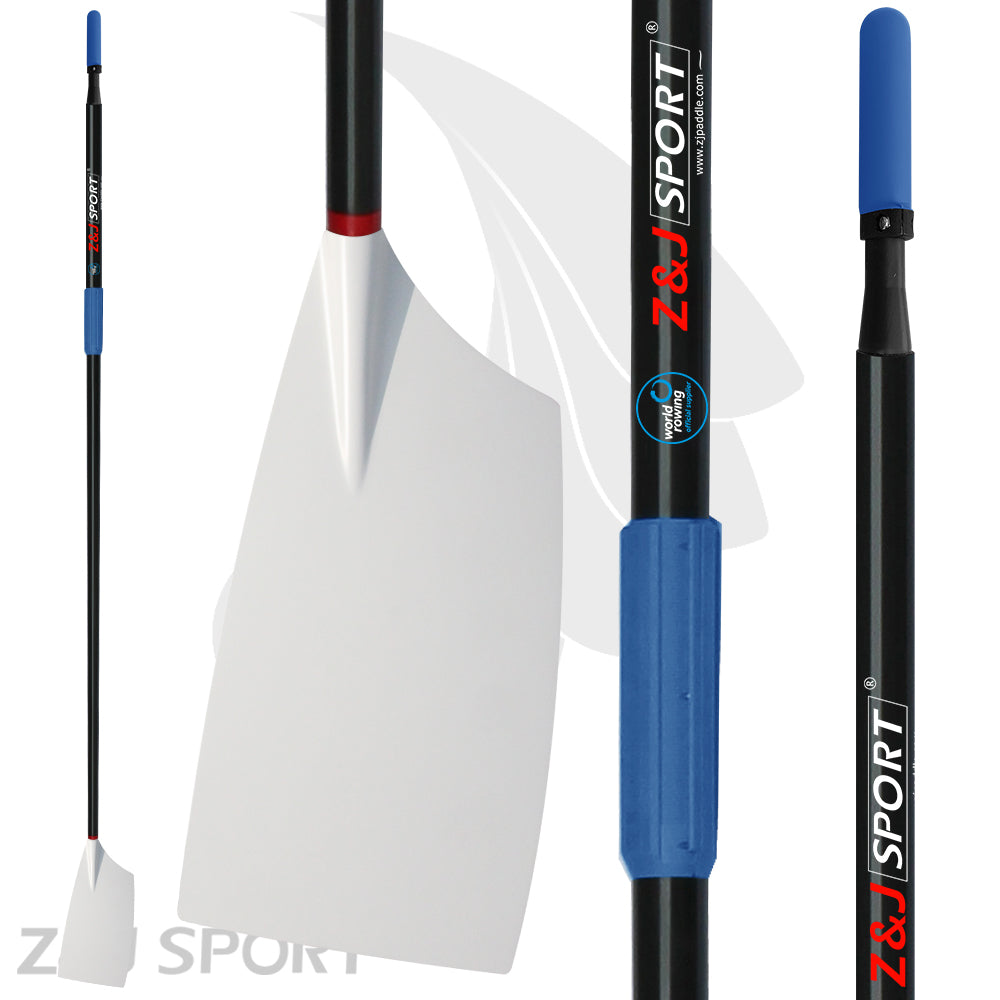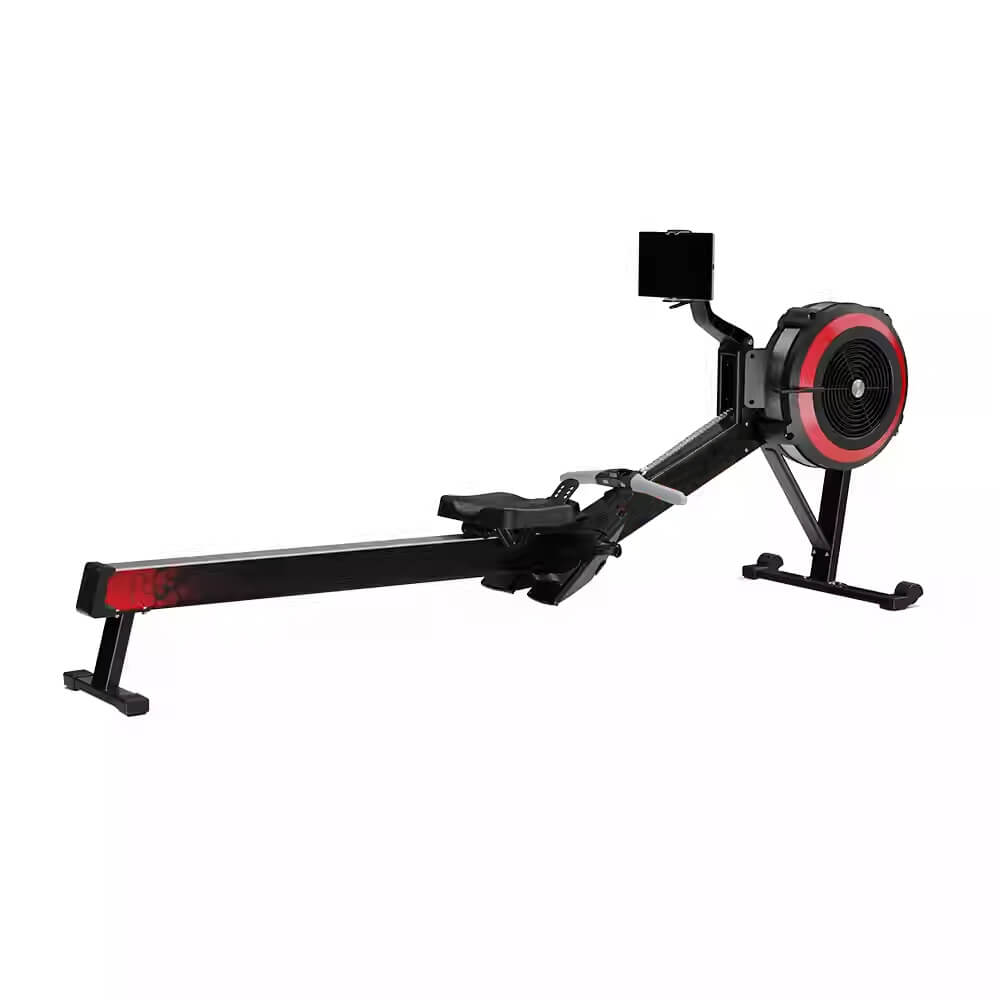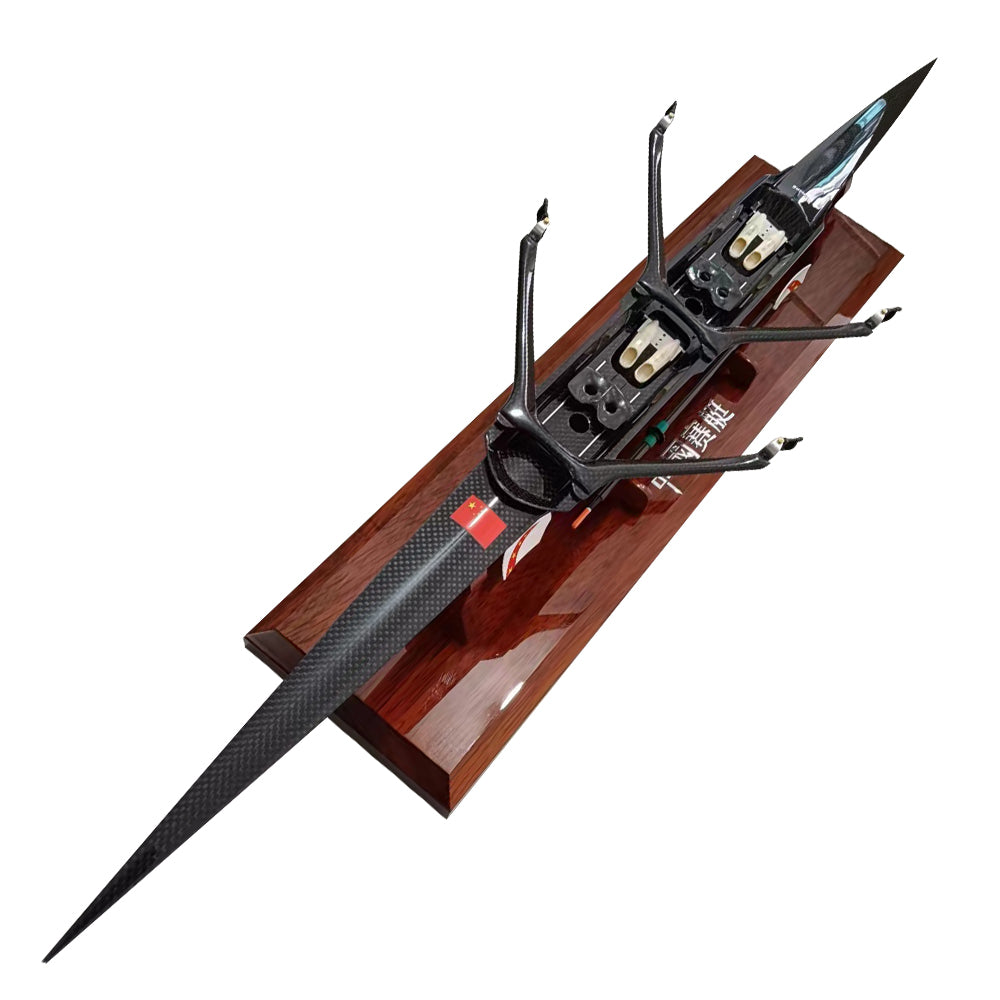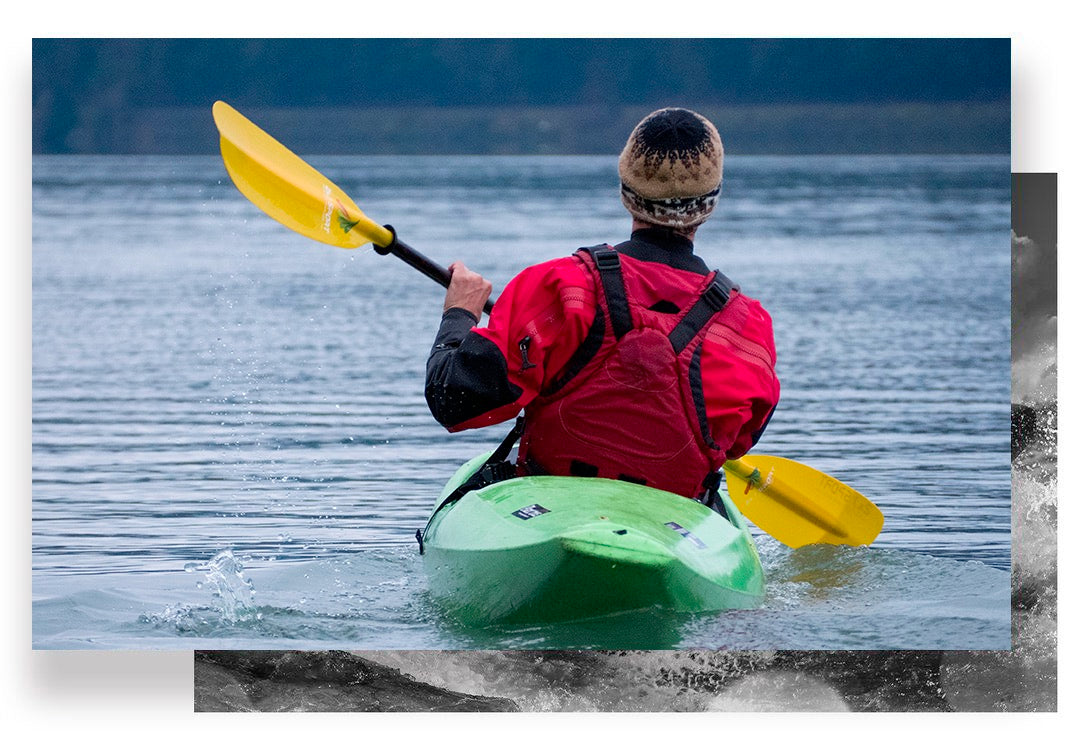Learning a new sport as an adult can be an intimidating thing. Take skating as an example... There's figure skating, hockey and speed skating to name just a few types. Sure, all of these sports use a boot with a blade attached at the bottom, but imagine someone trying to play hockey wearing clapper skates with detachable heels? It would be a disaster.
The same goes for canoeing. There are so many different types and particularities within the sport, that it is hard to know where to start. You may be asking yourself questions like, “Do I buy all of the equipment, or do I rent?” and, “Do I take lessons, or try to figure it out on my own?” If you are just starting out, you may find some relevant information to help get you started.
To start, there are two distinct types of canoeing: flatwater and whitewater. Flatwater is paddling on with calm waters, like a lake or slow moving river that has little or no current. Whitewater has rapids and fast moving current. Most people start with flatwater canoeing because whitewater paddling requires a higher skill level that builds off of flatwater skills.
Tips to Help You Get Started with Canoeing
Go with someone who knows.
This could be a friend who has experience canoeing and can show you the ropes or you may decide to take a course. You want to feel comfortable in a canoe, so find someone who can introduce you to the necessary skills and knowledge to be safe on the water. Many paddling organizations offer half day courses that emphasize canoeing basics like safety, strokes and manoeuvres.
Connect with other paddlers.
Most communities near lakes and rivers have paddling clubs that welcome new members. Club memberships are usually quite affordable and allow you to participate in both social gatherings and paddling outings.To find local paddlers, trying searching on social media or look for information boards at your local outdoor store. If all else fails, go to the river with some cookies on a Saturday morning, and you will be sure to make at least one new friend.
Know the risk.
According to the Lifesaving Society, approximately 265 people drown in Canada each year. The numbers are scarier in the US, with nearly 4000 drownings per year (CDC). Yes, paddle sports only account for a portion of these stats, but drowning does happen and you increase your risk of drowning if you choose not to wear it. If you find a PFD uncomfortable to wear, there are many different types, including inflatable PFD belts. Be sure to check that you are using the correct PFD type rated for the type of paddling you are doing.
Take a safety and first aid course.
Going with an experienced paddler is a great way to get out as a new paddler. You can learn from them, but what you can’t do is help them when something goes wrong. Consider taking a recreation level whitewater course, and a wilderness first aid course so that you feel confident being able to respond to an emergency when there is delayed access to care.
Paddle different canoes.
The shape of a canoe, how it is constructed and what materials it is made of changes how you paddle. A flatwater canoe, that has a keel, is meant to track in straight lines, compared to a whitewater canoe that is meant to spin so that it is responsive in rapids. Renting is a great way to test different boats and see what you like. But the reality is that you are more likely to go if you own the gear. If you are hooked on the sport, don’t hesitate to buy a boat. Boats are expensive, so decide on 2-3 models that interest you, and shop the used market.
If you are still looking for inspiration, check out the canoeing greats like Bill Mason. His passion for the wilderness and canoeing is undeniable, and watching one of his films will surely draw you to the water.
A teacher, whitewater canoe guide, and volunteer firefighter, Allyson Saunders lives in the Madawaska Valley in Ontario with her exceptionally perfect dog, Honey. Nature inspired, Allyson can be found on a river, in her garden, on a ski trail or with a paintbrush or a cup of coffee in hand.
Excerpt from "Paddling.com".



